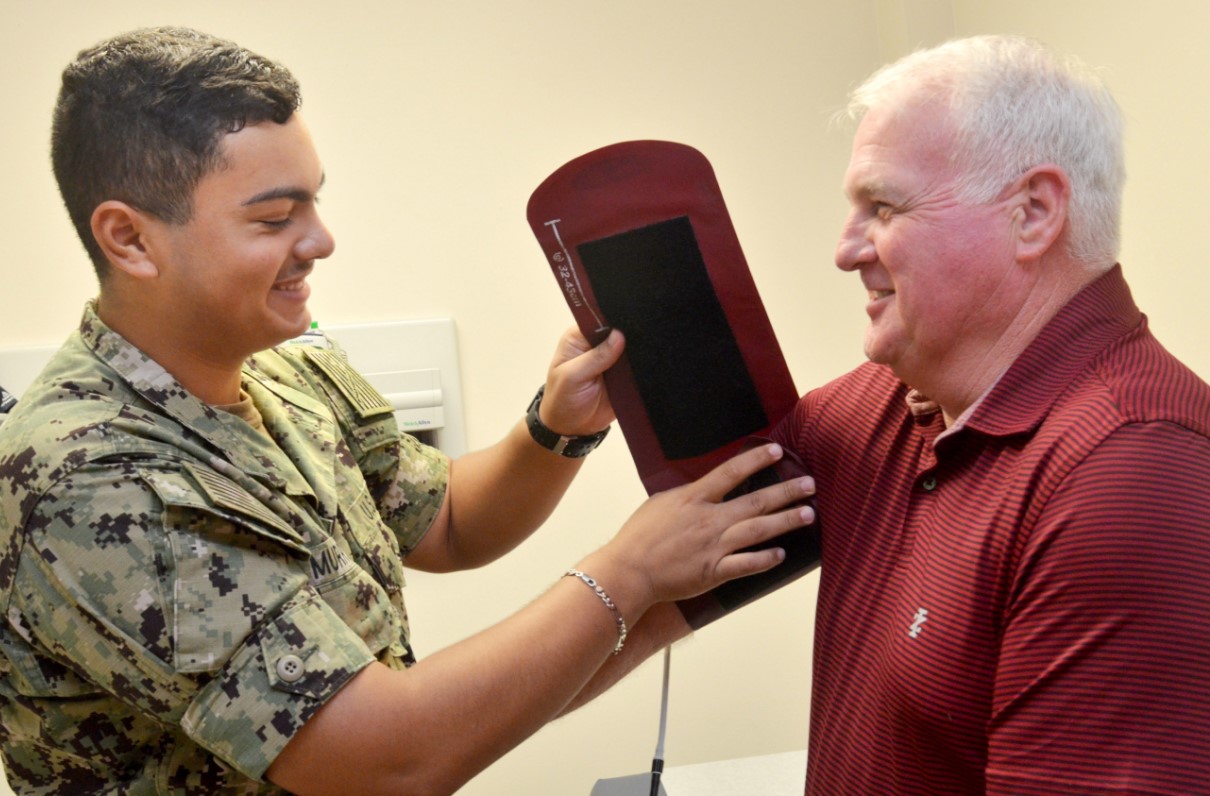This article by Richard Sisk originally appeared on Military.com, the premier resource for the military and veteran community.
Acting Defense Secretary Patrick Shanahan was grilled by lawmakers Wednesday on the lengthy and costly effort to develop compatible electronic records systems between the Defense Department and the Department of Veterans Affairs.
"I don't ever recall being as outraged about an issue than I am about the electronic health record program," Rep. Kay Granger, R-Texas, told Shanahan at a House Defense Appropriations Subcommittee hearing on the DoD's proposed fiscal 2020 budget.
She said a hearing last month with DoD and VA health program managers on the progress of meshing the records "was terrible."
"I can't believe that these program managers think that it is acceptable to wait another four years for a program to be implemented when we've spent billions of dollars and worked on it for over a decade," Granger said.
"For 10 years we've heard the same assurances" that the electronic health records problem will be solved," Rep. Hal Rogers, R-Kentucky, said. "It's incredible that we can't get this fixed."
Veterans are suffering "because of bureaucratic crap," he said.
In response to Granger, Shanahan said, "First of all, I apologize for any lack of performance or the inability of the people that testified before you to characterize the work of the department in this very vital area."
He added that he personally spent "quite a bit of time on how do we merge together" with the VA on the records.
He said pilot programs to make the records compatible are underway in Washington state at Joint Base Lewis-McChord, Naval Base Kitsap, Naval Air Station Whidbey Island and Fairchild Air Force Base.
The "rollout and implementation" of the fix to the electronic health records has shown promise at those installations, Shanahan said, and the next step is to put the program in place at California installations this fall.
"I can give you the commitment that these corrective actions and the lessons learned will be carried forward," he said.
"There's a degree of inoperability" between the VA and DoD systems that has defied solution over the years, Shanahan said. "The real issue has been [the] passing on of the actual records. I can't explain to you the technical complexity of that.
"We owe you a better answer," he told the committee, "and four years is unacceptable" as a time frame for making the records compatible. He promised to help DoD "deliver" a fix.
Rogers recalled past promises from the VA and DoD and said he is skeptical that the latest attempt at solving the problem will be successful.
He cited the case of a service member from his district who was badly wounded in Iraq. He lost an eye, but military doctors in Germany saved his other eye, Rogers said.
The good eye later became infected. The service member went to the Lexington, Kentucky, VA Medical Center, but doctors there could not get access to his medical records in Germany.
"They could not operate because they didn't know what had been done before," Rogers said.
As a result, the service member lost sight in the good eye.
"Why can't we have the computers marry? Can you help me out here? Don't promise something you can't deliver," he told Shanahan. "I can't believe that we have not already solved this problem."
In the latest effort to mesh the records, then-Acting VA Secretary Robert Wilkie in May 2018 awarded a $10 billion, 10-year contract to Cerner Corp. of Kansas City to develop an integrated electronic health record (EHR) system, but related costs over the course of the contract are estimated to put the total price at about $16 billion.
Previous attempts to mesh the EHR systems have either failed or been abandoned, most recently in 2013 when then-Defense Secretary Leon Panetta and then-VA Secretary Eric Shinseki dropped an integration plan after a four-year effort and the expenditure of about $1 billion.
Other articles by Military.com:
Vehicles Left to Rust, Faulty Furnaces: Most Military Depots in Bad Shape, GAO Finds
Goodbye Tape Test? Coast Guard Reviews Body Fat Policy
Navy Adds Color Coding to Prisoner Uniforms to Avoid Brig Mix-Ups



